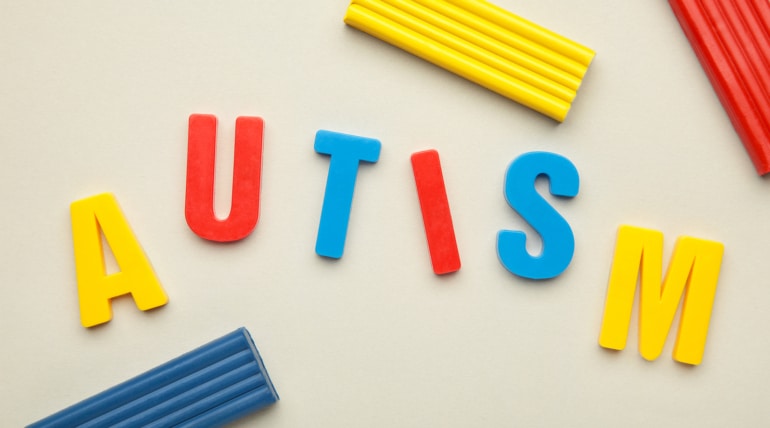The past few years have seen an improvement in autism awareness, with more than 6000 people being diagnosed in the UK alone. Despite this, research also reveals that most autistic people still lack access to the needed support to participate in society.
One key area that spotlights the need for support among autistic people is social media. To understand the issue clearly, experts from Queen Mary University conducted interviews with autistic adults to explore their experience with using digital platforms.
Interview Highlights
In the Interview, participants were asked their opinion regarding social networks and whether there was anything they thought could be improved communication-wise.
The study results showed that while social media intends to provide a space for users to connect with others, it’s mainly designed based on how non-autistic people would use it. This means that many autistic users struggle to make meaningful connections on digital platforms, and as a result feel excluded.
In the Interview, one user replied, “The emojis are the most confusing. I just get confused over which emoji to select. I feel like I don’t always understand how people talk in text-based conversations either.”
The Interview also highlighted GIFs and Hashtags. Many interviewers said they could not comprehend most GIFs as non-autistic would. “GIFs and hashtags are hard to understand,” said one user. “They are popular among users, but honestly, they confuse me.”
The Cause of the problem
According to Professor Koteyko, “The problem lies in the fact that conventional social media design was designed with the perspective of non-autistic (allistic) people. GIFs, in particular, can prove difficult to interpret for autistics because Autism affects the ability of a person to interpret non-verbal cues.
This could lead to feelings of exclusion and isolation, which can be further compounded if their attempts at digital communication are misinterpreted or ignored.
Facebook, Instagram, and Twitter were particularly mentioned during the interviews, and one user, in particular, found these platforms challenging to engage with “It feels like a chaotic jumble of people, with topics not being easily separated. It’s tough to organize topics.”
Recommendations
Following the research conducted by Professor Koteyko and his team, they have provided recommendations for social media platform designers to make their online spaces more inclusive for autistic adults. These include creating tools to allow users to engage in interest-based sociality and helping autistic adults make connections based on mutual interests.
Additionally, they have suggested platforms to implement sophisticated filters that would be able to detect and remove upsetting, impolite, hostile, and aggressive content. This approach will create an atmosphere that is comfortable for interaction with others.
Furthermore, providing tools that enable autistic adults to customize their interface according to their preferences, such as the color and type of font used, would also help them feel more at ease when engaging with digital platforms.
Bottomline
These measures would create a supportive environment for autistic users and allow them to engage with social media safely and confidently. Professor Koteyko expressed that online social sites are not entirely wrong.
For example, sites like reddit, twitter or even facebook do provide a space for autistics to express their needs, while interacting with others in similar situations. So what is needed is just a focus on inclusivity, safety and support for individuals having disabilities.




